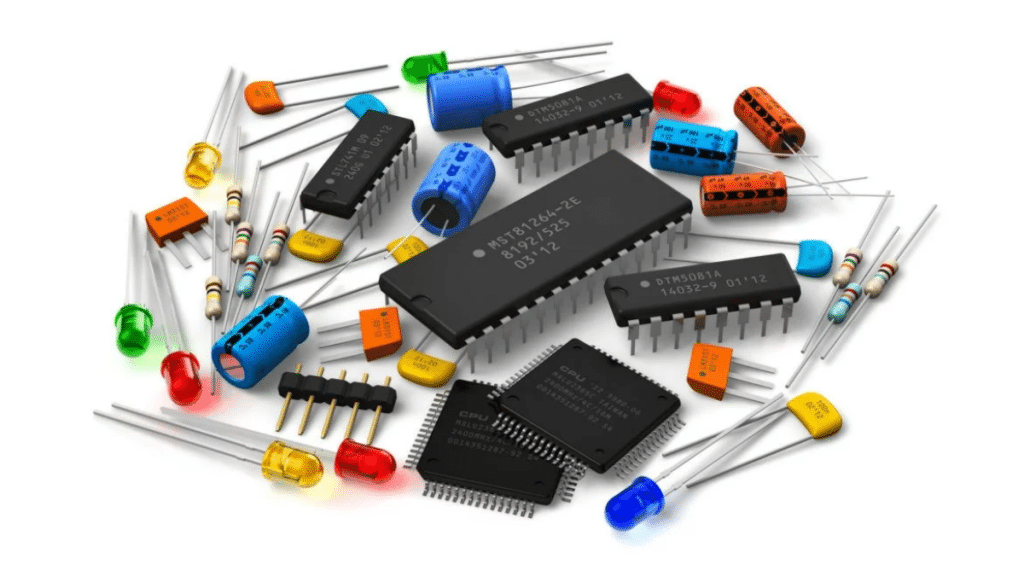Introduction:
In today’s technologically advanced world, electronic components and parts play a crucial role in powering and enabling the devices and systems we rely on daily. From smartphones and laptops to complex industrial machinery, these electronic building blocks are the backbone of modern technology. This article will provide a comprehensive guide to electronic components and parts, shedding light on their functionalities, types, and applications.
Understanding Electronic Components:
Electronic components are discrete devices or elements that are interconnected to form electronic circuits. These components are designed to manipulate and control the flow of electrical current within a circuit. Each component has a specific function and contributes to the overall performance of the electronic system.
Essential Electronic Parts:
a. Resistors: Resistors are passive components that regulate the flow of current in a circuit. They are commonly used to limit current, divide voltage, and provide biasing in electronic circuits.
b. Capacitors: Capacitors store and release electrical energy. They are used to smooth voltage variations, filter out noise, and store charge for various applications such as timing circuits and power supply stabilization.
c. Inductors: Inductors store energy in a magnetic field when current flows through them. They are vital in applications such as signal filtering, energy storage, and voltage regulation.
d. Diodes: Diodes are semiconductor devices that allow current to flow in one direction while blocking it in the opposite direction. They are extensively used in rectification, signal modulation, and voltage regulation.
e. Transistors: Transistors are active components that amplify or switch electronic signals. They are the building blocks of digital circuits, amplifiers, and various other electronic systems.
f. Integrated Circuits (ICs): Integrated circuits are miniaturized electronic circuits that contain numerous components, such as transistors, resistors, and capacitors, on a single chip. They are the backbone of modern electronics, powering everything from microprocessors to memory chips.
Types and Applications of Electronic Components:
a. Passive Components: Passive components, such as resistors, capacitors, and inductors, do not require an external power source for their operation. They find applications in power supplies, filters, oscillators, and signal processing circuits.
b. Active Components: Active components, including transistors and integrated circuits, require an external power source to function. They amplify signals, control current flow, and perform complex computations, making them essential in digital electronics, telecommunications, and control systems.
c. Electromechanical Components: These components combine electrical and mechanical functionality. Examples include switches, relays, connectors, and motors. They are crucial in applications such as automation, robotics, and power distribution.
d. Optoelectronic Components: Optoelectronic components, like light-emitting diodes (LEDs) and photodiodes, interact with light to perform various functions. They are widely used in displays, optical communication, sensing, and imaging technologies.
Importance of Quality and Reliability:
When working with electronic components, quality and reliability are of paramount importance. The use of counterfeit or low-quality components can result in performance issues, safety hazards, and system failures. It is crucial to source components from reputable suppliers and ensure they meet industry standards and certifications.
Conclusion:
Electronic parts and components form the backbone of modern technology, enabling the devices and systems we rely on daily. Understanding the functions, types, and applications of these components is essential for anyone involved in electronics design, manufacturing, or repair. Whether it’s resistors, capacitors, transistors, or integrated circuits, each component plays a vital role in shaping the functionality and performance of electronic systems. By grasping the fundamentals of electronic components and selecting high-quality and reliable parts, engineers and enthusiasts can build robust and efficient electronic devices that drive innovation and progress in our ever-evolving digital world.

